Climbing roses can transform any wall, fence, or trellis into a romantic floral masterpiece. These beautiful plants are not true climbers, so they need a little help and training to grow in the right direction. With proper care and guidance, you can enjoy a stunning display of blooms for years. Here are six effective tips to train your climbing roses for the best results.
1. Choose the Right Support Structure
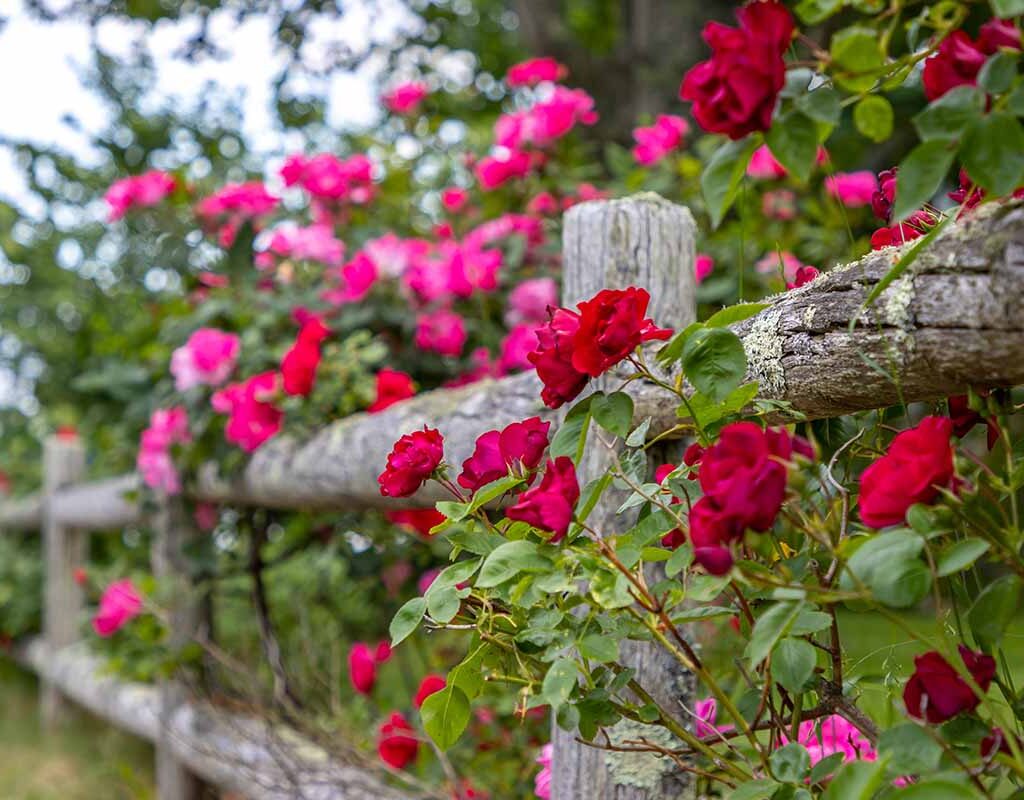
Before training your climbing roses, select a sturdy support structure like a trellis, arbor, pergola, or fence. Since climbing roses can grow tall and heavy, you’ll need a frame strong enough to bear their weight. Install the support before planting to avoid damaging roots later. The right structure not only supports growth but also allows proper air circulation and sunlight exposure, helping prevent diseases. This foundation step sets the stage for a beautifully shaped and healthy plant.
2. Position and Tie the Canes Early
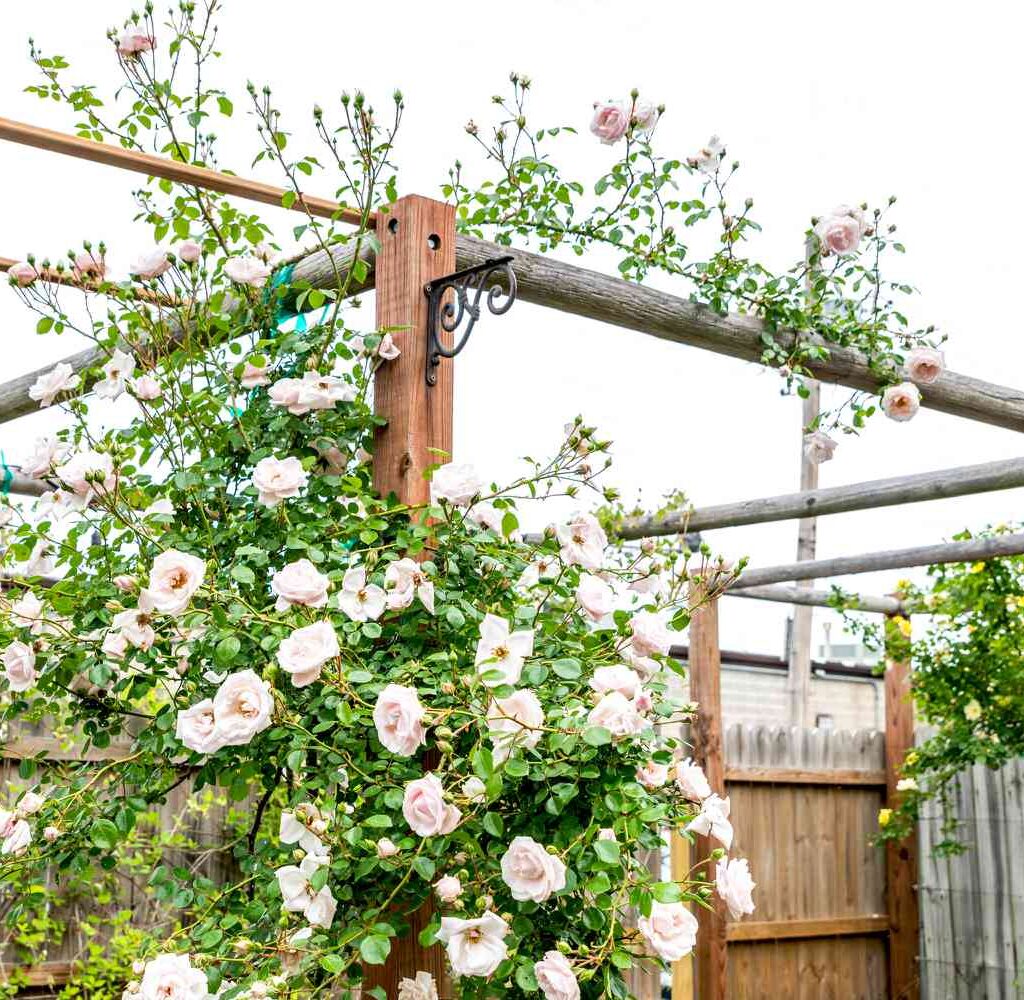
Climbing roses grow best when you guide their main canes in the direction you want early on. Once the plant starts producing long shoots, gently position them along your chosen support. Use soft plant ties or garden twine to secure them without damaging the stems. Avoid pulling canes too tightly, as this can restrict growth. Early training ensures your roses grow in a neat, organized manner, covering the structure evenly with blooms.
3. Train Canes Horizontally for More Blooms
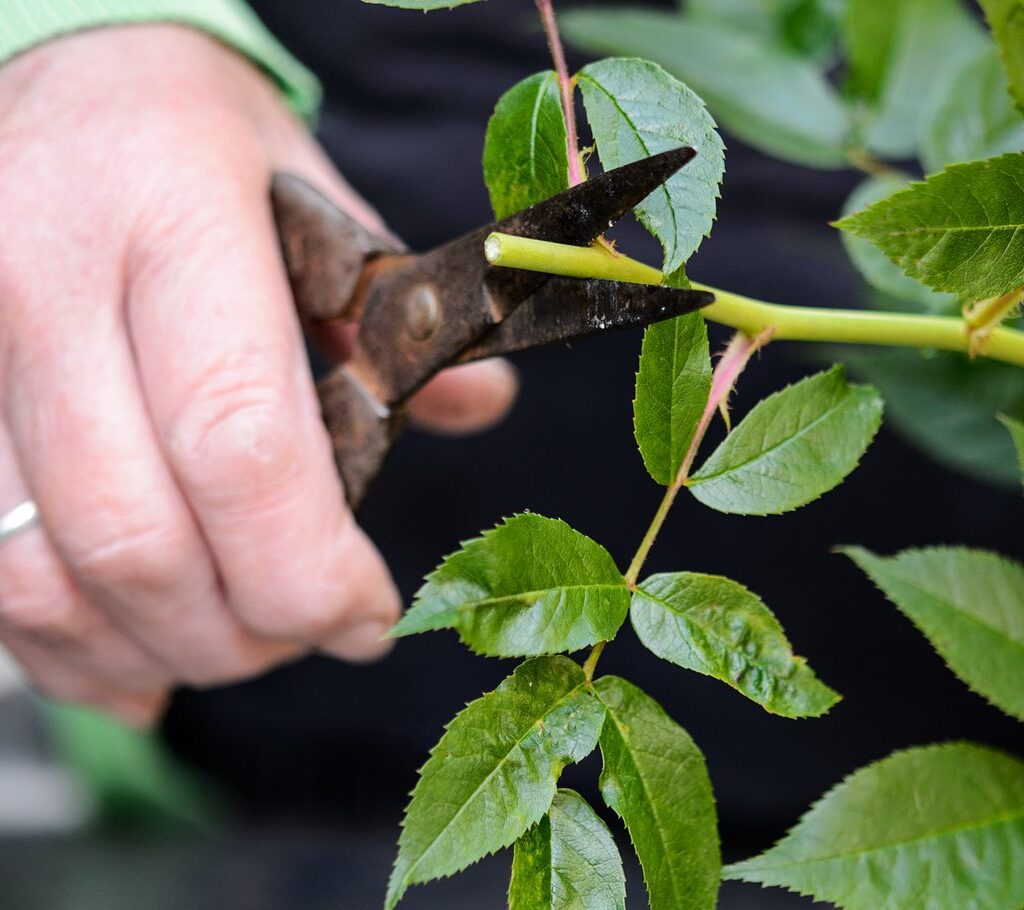
One of the best secrets for training climbing roses is positioning the main canes horizontally instead of vertically. This encourages more side shoots to form along the length of the cane, producing a greater number of flowers. Secure each cane at a slight angle or fully horizontal along the support. This technique not only increases the number of blooms but also creates a fuller, more luxurious floral display.
4. Prune Strategically
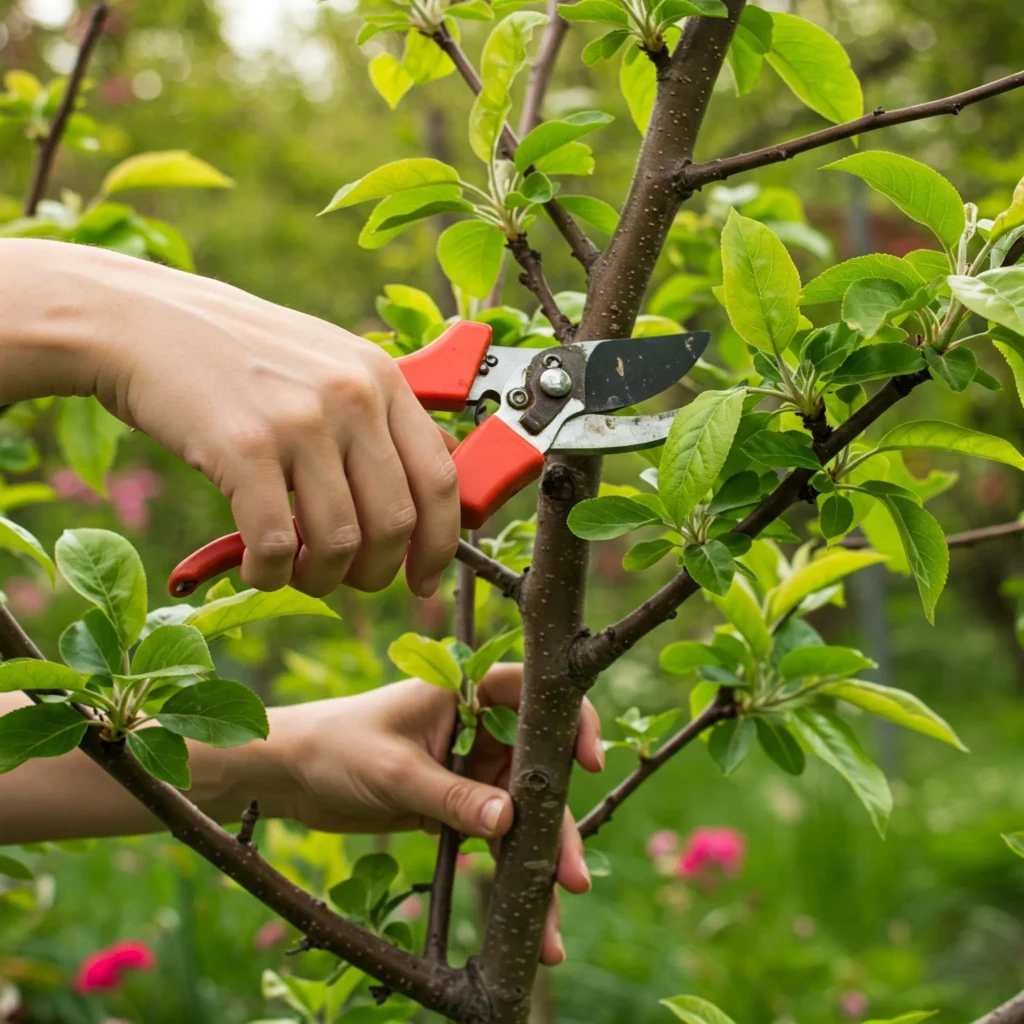
Pruning is essential for maintaining the shape, health, and productivity of climbing roses. In late winter or early spring, remove dead, weak, or crossing canes to improve airflow and light penetration. Focus on cutting back side shoots to about 2–3 buds to encourage fresh growth. Avoid cutting main canes unless necessary, as these are the plant’s primary support and flower producers. Regular pruning keeps the plant tidy and prevents overcrowding.
5. Secure New Growth Regularly

Climbing roses can produce rapid growth during the season, and without guidance, new shoots may grow in random directions. Check your plant regularly and secure new canes before they become too rigid to bend. Flexible, young canes are much easier to train and can be shaped creatively to cover gaps in your structure. Consistent maintenance ensures your roses grow evenly and look stunning from all angles.
6. Provide Adequate Care and Feeding
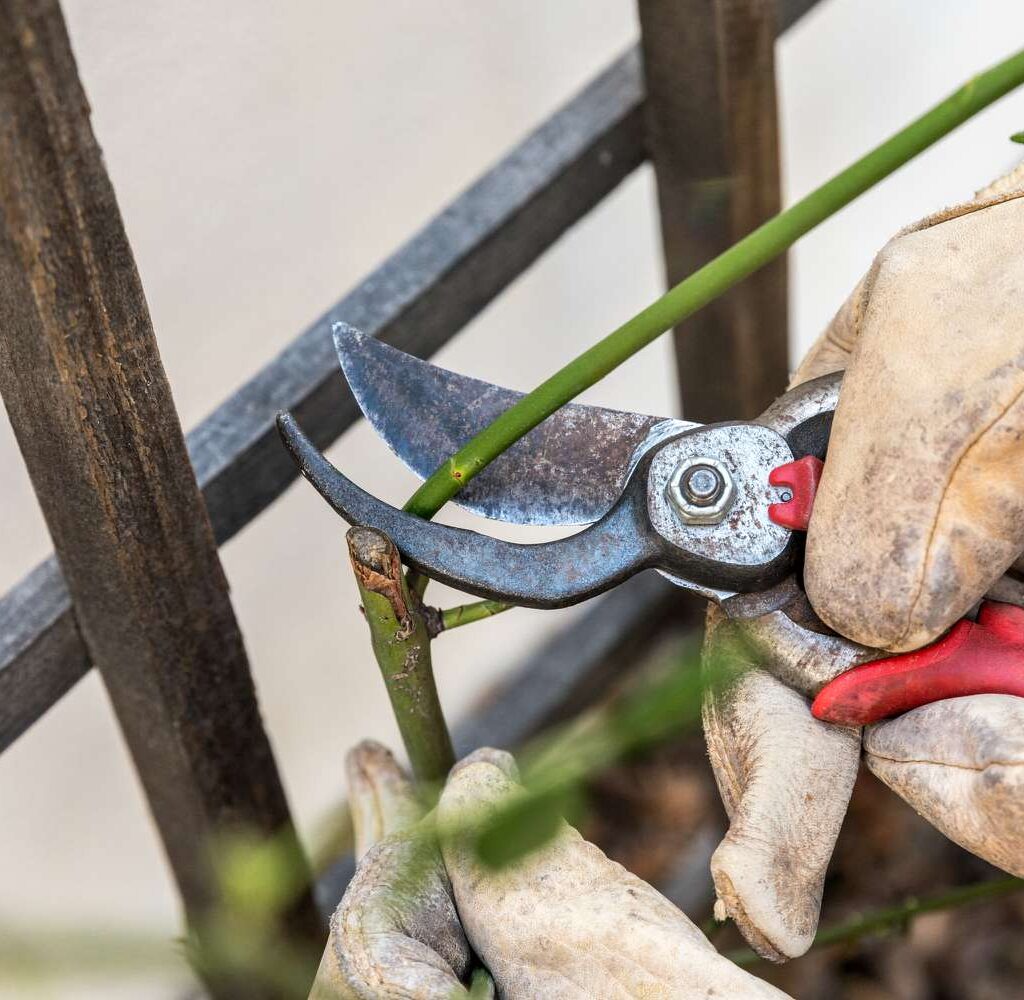
Training alone won’t make your climbing roses thrive—proper care is equally important. Provide at least six hours of sunlight daily, water deeply but infrequently, and feed with a balanced rose fertilizer during the growing season. Mulching around the base helps retain moisture and suppress weeds. Healthy roses are easier to train and will reward you with vibrant blooms, lush foliage, and strong canes that can be shaped to perfection.
Final Thoughts
Training climbing roses is a blend of art and patience. By choosing the right support, guiding canes early, encouraging horizontal growth, pruning wisely, securing new shoots, and providing proper care, you can create a breathtaking rose display that becomes the highlight of your garden. With these six tips, your climbing roses will not just grow—they’ll flourish in style.




